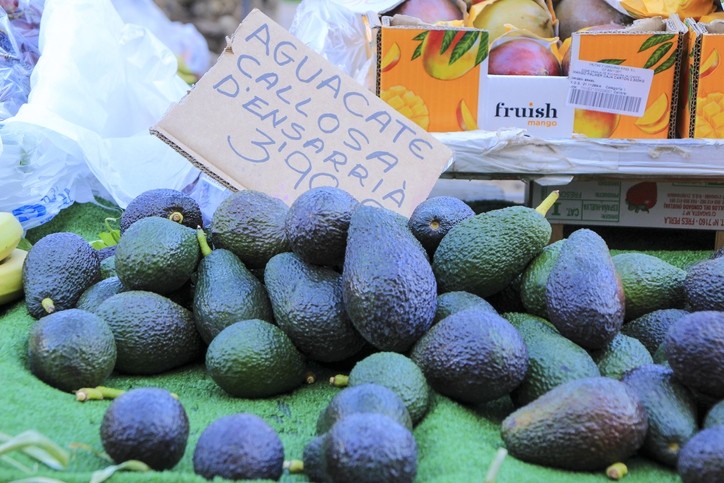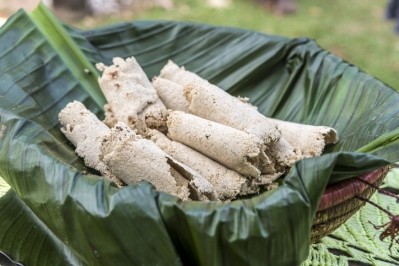Traditional growing regions for coffee, cashews, and avocados predicted to shift as Earth warms

The most suitable regions for growing coffee arabica, cashews, and avocados will decline in some of the main countries that produce these crops as climate change progresses, predicts new first-of-its-kind analysis.
Coffee, cashews, and avocados are important crops for consumers and for tropical small-scale farmers around the world. Extensive research suggests that climate change will reduce suitability for growing coffee arabica—the dominant coffee species—in most regions where it is currently grown. However, such studies have not considered land and soil characteristics that could also impact suitability. Meanwhile, no studies have addressed how climate change will impact avocado and cashew suitability at a global scale.
To address these knowledge gaps researchers at Zurich University of Applied Sciences in Switzerland combined climate change projections and soil factors to model and predict how suitable different regions worldwide will be for growing coffee, cashews, and avocados in 2050.
The analysis predicted that some regions will become more suitable and some less suitable for each crop. Coffee is the most susceptible of the three, with predicted declines in suitability in all major producing regions, including Brazil, Vietnam, Indonesia, and Colombia. For cashews, highly suitable regions are predicted to decrease in some major producing countries, including India, Côte d’Ivoire, and Benin. Suitable areas for avocados will also decline for some major producers, such as the Dominican Republic, Peru, and Indonesia.
Meanwhile, areas suitable for all three crops may expand at higher altitudes and latitudes, especially for cashews and avocados. Areas with greater future suitability are located in regions such as the United States, Argentina, China, and East Africa.
Shifts in suitable growing regions due to climate change with both expansions and contractions were found for all three crops. Coffee proved to be most vulnerable to climate change with negative impacts dominating in all growing regions, primarily due to increasing temperatures. Compared to coffee, cashew and avocado were found to be more resilient to climate change. For cashew, which showed the highest suitability range, both positive and negative effects of climate change were found. While globally, the suitable cashew growing areas are expected to increase, in some of the main producing countries (e.g. India, Côte d’Ivoire and Benin), areas of high suitability are expected to decrease. Similarly, for avocado, the suitable areas are expected to expand globally, while the most suitable areas in some of the major producing countries (e.g. the Dominican Republic, Peru, Indonesia) might decrease. All three crops however profit from increasing minimum temperatures at high latitudes and high altitudes.
These findings suggest the need for climate change adaptations in major producing countries, such as breeding for varieties adapted to higher temperatures or drought. Strategies will also be needed to mitigate the environmental impact of any expansion to new locations, the authors said.
“The study presents the first global assessment of climate change impacts on cashew and avocado suitability,” they wrote in the journal PLoS ONE. “For both cashew and avocado, areas suitable for cultivation are expected to expand globally while in most main producing countries, the areas of highest suitability may decrease.”
They added the study has shown that climate change adaptation will be necessary in most major producing regions of all three crops. Adaptation measures can include site-specific management options, plant breeding efforts for varieties that are better adapted to higher temperatures or drought and in the case of coffee, replacement of arabica with robusta coffee in certain regions, the said.
New market opportunities too
New production locations at higher altitudes and latitudes, meanwhile, might create new market opportunities.
However, they said policies and strategies are required to ensure that shifts in production locations will not lead to negative environmental impacts such as deforestation, loss of biodiversity or ecosystem services. “Additionally, landowners and farmers in current and future production locations must be willing to change their management or grow a new crop,” they wrote. “Therefore, adaptation measures and shifts in production will each have to be addressed in participative approaches that allow the engagement of local stakeholders.”




















